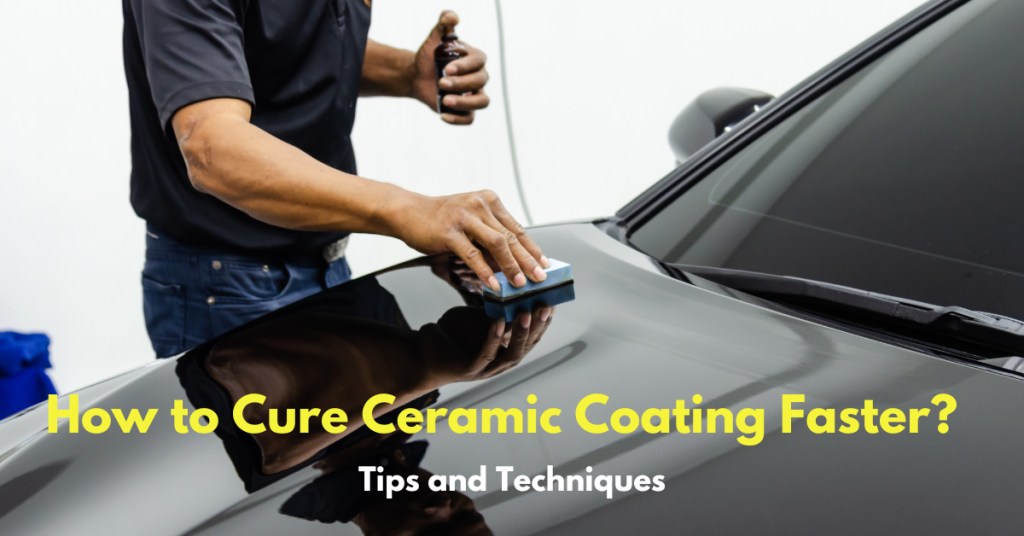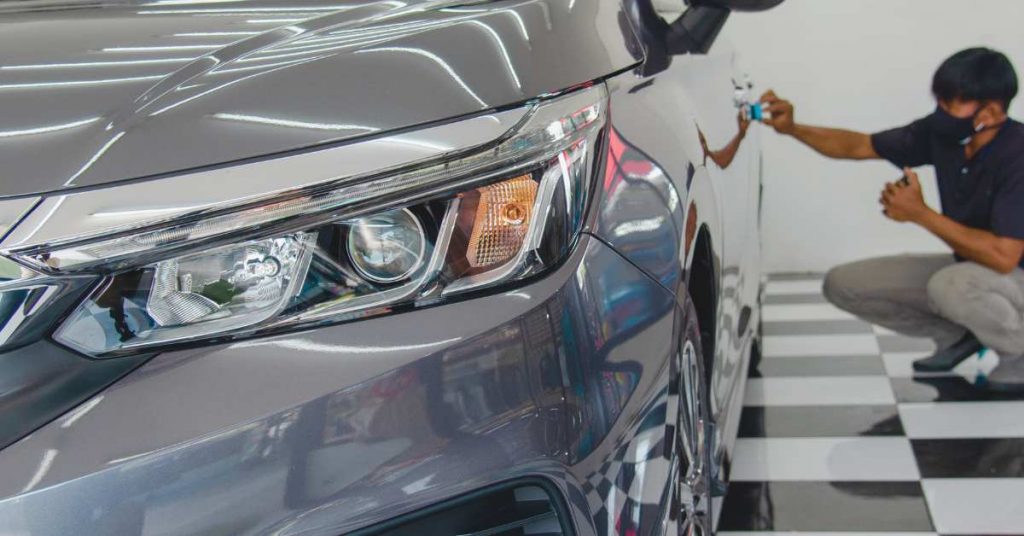How to Cure Ceramic Coating Faster: Tips and Techniques

Accelerate Ceramic Coating Curing: Proven Techniques for Faster Results.
Curing ceramic coating faster involves strategic techniques to expedite the chemical bonding process between the coating and the surface. Optimal conditions play a key role; applying the coating in a controlled environment with low humidity and higher temperatures can speed up curing. Tools like infrared lamps and UV curing devices also emit specific wavelengths of heat or light, accelerating the curing reaction. However, caution is vital to avoid overheating or compromising the coating's quality. Balancing speed with thorough curing ensures a beautifully protected and long-lasting ceramic-coated surface.
Ceramic coating has become a popular choice for enhancing the protection and appearance of various surfaces, including cars, boats, and even household items. However, one common concern among enthusiasts is the time it takes for the ceramic coating to cure fully.
This article will explore practical methods to expedite the curing process and achieve optimal results in less time.

Understanding the Curing Process
What is Ceramic Coating Curing?
Curing is the chemical reaction once the ceramic coating is applied to a surface. The coating forms a strong bond with the surface during this process, creating a durable and protective layer. Curing is essential for the coating to reach its maximum effectiveness and longevity.
Factors Affecting Curing Time
Several factors influence how long ceramic coating takes to cure, including temperature, humidity, and the specific brand and formula of the coating. Warmer temperatures and lower humidity levels generally promote faster curing.
Tips to Accelerate Ceramic Coating Curing
1. Choose the Right Conditions
For optimal results, apply ceramic coating in a controlled environment with adequate ventilation. A temperature-controlled space with low humidity can significantly reduce curing time.
2. Use Infrared Lamps
Infrared lamps emit heat directly onto the coated surface, expediting curing. Positioning infrared lamps at a safe distance and following manufacturer guidelines is crucial to prevent damage.
3. Heat Gun Application
A heat gun can gently warm the coated surface, helping the ceramic coating cure faster. Maintain a consistent distance from the surface and avoid prolonged exposure to prevent overheating.
4. UV Curing
Some ceramic coatings are designed to cure under ultraviolet (UV) light. UV curing devices emit specific wavelengths of light that accelerate the chemical reaction, reducing curing time.
Precautions and Considerations
1. Avoid Excessive Heat
While heat can accelerate curing, excessive temperatures can lead to uneven curing or even damage. Always follow manufacturer recommendations and guidelines to prevent mishaps.
2. Patience Pays Off
Although faster curing methods exist, it's important to strike a balance between expediting the process and allowing the coating to cure thoroughly. Rushing the process can compromise the coating's quality and longevity.
Conclusion
Curing ceramic coatings faster is possible with the right techniques and precautions. By creating an optimal environment, using specialized tools like infrared lamps and UV curing devices, and exercising patience, enthusiasts can achieve a beautifully cured ceramic-coated surface that provides lasting protection and aesthetic appeal.
FAQs (Frequently Asked Questions)
Can I apply ceramic coating in cold weather?
Yes, you can, but curing may take longer in colder temperatures. It's best to choose a warmer day or use the curing techniques mentioned in the article.
Is it safe to use a heat gun on my vehicle's paint?
Yes, it's safe as long as you use the heat gun with caution and maintain a proper distance to prevent overheating.
Are there ceramic coatings that cure instantly?
No, all ceramic coatings require a certain amount of time to cure for optimum performance.
Can I drive my car immediately after applying ceramic coating?
Waiting for the specified curing time before exposing the coated surface to any moisture or mechanical stress is recommended.
What happens if I don't let the ceramic coating cure properly?
Insufficient curing can lead to decreased effectiveness and durability of the ceramic coating, resulting in diminished protection and aesthetics.

Recommendation